A guide to mass planting: The secret to a successful forest + how to get funding for it
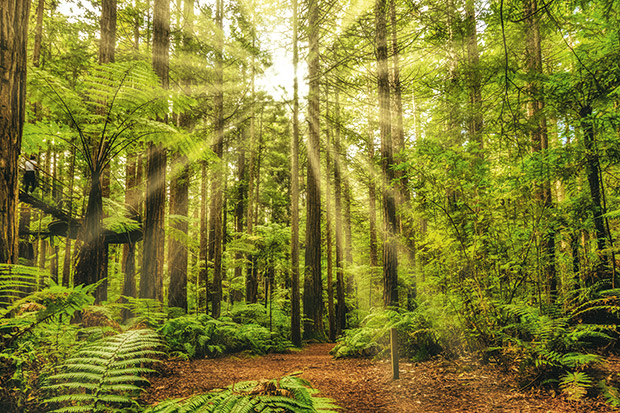
Mass planting expert Rachel Rose reveals the different funding options available and the secret to planting a good forest.
Words: Rachel Rose
You know you have a passion for trees when you go on your summer holiday and spend most of your time looking at them. Instead of selfies on the beach, I have a picture of me standing at the end of a massive fallen kahikatea in a Bay of Plenty forest.
Looking at mature forests inspires me to plant baby trees. It’s a huge surprise to me that I have become a forester. In the past two years, my partner and I have planted 4855 trees, including redwoods, Australian blackwoods, macrocarpa, and eucalyptus on our block near Whanganui.
To do it, we’ve won funding from our regional council and, more recently, the One Billion Trees (1BT) programme, run by the Ministry for Primary Industries (MPI).
The One Billion Tree question
The 1BT programme is a once-in-a-generation, golden opportunity according to some in the forestry sector. But does it stack up for block owners?
To meet the initial 1BT criteria, you need to be planning to plant at least 1ha of natives, or 5ha of exotic species. However, you don’t have to plant them all at once. If you don’t have an area that size to plant, your regional council can also help you with funding.
The 1BT programme pays $1500 per hectare for exotic species and $4000 per hectare for natives. There’s been some criticism from professionals about how planting natives costs a lot more than that; I’ve heard other forestry experts say it’s ample.
Another category is natural reversion ($1000/ha), where a block is shut up and left to revert to native bush without assistance. There are also up to $500 per hectare top-ups available towards the cost of fencing, erosion prone-land, or areas with high preparation costs.
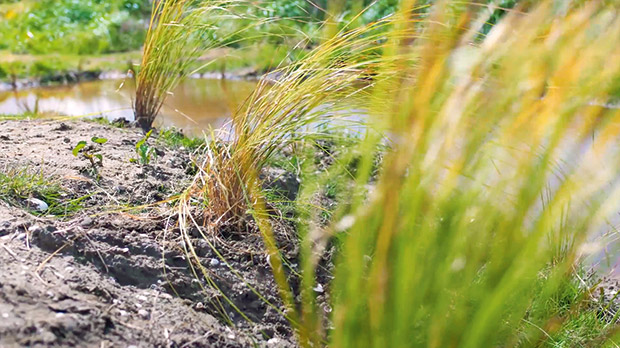
Wetlands are probably the best 1BT opportunity for block owners.
The part of the 1BT programme that’s most relevant to lifestyle block owners is its Direct Grants.
The primary criteria for direct grants are:
– You must own the land, or have a formal right to plant on it, eg lease or forestry right;
– It can’t already be forested or have been forested in the past five years – a ‘forest’ has a specific definition;
– You can’t ‘double dip’, eg you can’t apply to 1BT if you’re already funded to plant the same area through your regional council or another government scheme;
– Trees must grow to at least 5m, and at maturity, their collective canopy should be at least 30m wide (or 10m if riparian);
– You must have 750 stems per hectare at maturity – you’ll need to plant many more than that, as you’ll lose some along the way;
– If you’re opting for reversion, there needs to be a source of native seeds close by, and unassisted reversion needs to be feasible given your soil types and climate;
– You can’t harvest the trees for at least 10 years from planting.
We have funding to plant five different blocks on our farm. Four are exotic species, and one is a wetland. We have a three-year planting schedule and time to grow most of the natives we’ll plant.
SHOW ME THE MONEY
1BT will typically pay you 30 percent of the funding once your trees are planted. The other 70 percent is paid once the trees are established and you can show you are maintaining them.
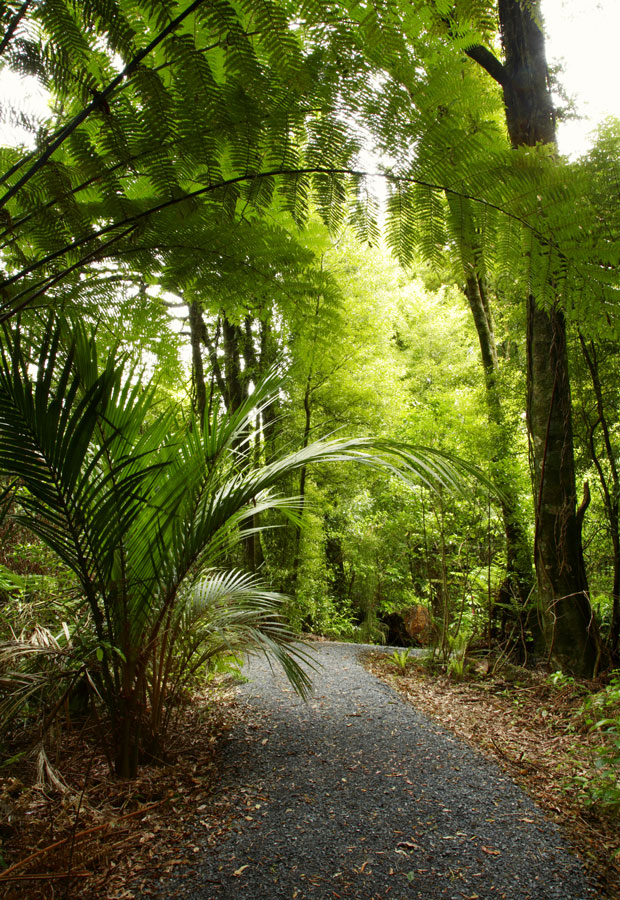
You have up to two years to get your trees planted. If initial survival rates are low and you need to plant replacements the following year, you’ll be glad of the extra time. As soon as you can demonstrate ‘establishment and maintenance’, you can initiate the process for releasing the remaining funding.
That might be 12 months after planting, or faster, depending on your project. Every planting, no matter how small the area, will be assessed in person by Te Uru Rākau (Forestry NZ).
THE DOWNSIDES
1BT is worth exploring if your plans for trees meet its criteria, but there are downsides.
1. We had to make some changes to our planting plans to fit the grant criteria. We managed to find a balance, but it’s possible the funding may not be worth the compromises for some projects.
2. The application form is complex and takes a lot of time. I have a weird pedantic streak and like filling out forms, but this one was no fun.
3. The funding agreement is a dense legal contract over 26 pages. It’s designed to cover off multi-million-dollar partnerships, but it seems like overkill when you’re asking to plant a few hectares.
Block owners aren’t being put off by this: 26 percent of all Direct Grants approved (as of 31 January 2020) were for areas of 5ha or less. Of those, 77 out of the 78 grants were for native plantings. Another 27 applications for 5ha or less are in the pipeline.
The 1BT programme will be reviewed after its first 12 months. I’m hoping they’ll consider a streamlined process for small applications.
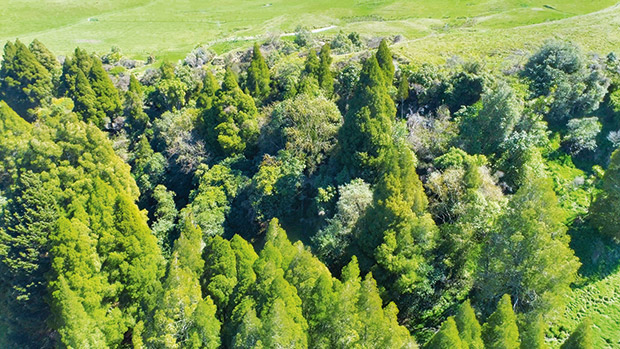
Protected native bush on Olrig Station, west of Hastings.
HOW TREE PLANNING WORKS ON A BIG FARM
Richard and Rebecca Riddell run beef cattle, sheep, peas, and trees on Olrig Station, an 850ha farm, half an hour’s drive west of Hastings.
There’s a mixture of exotic plantations, including eucalyptus, redwoods, and pines, and nearly 25ha of native bush. The couple has just planted 55ha of pine in areas not suited to stock, or where it’s difficult to provide drinking water.
They worked with ecological consultant Dr Adam Forbes to plan their plantings, and have qualified for funding from 1BT, and the Hawke’s Bay Regional Council. They’ve already fenced off areas that will be left to regenerate into native bush.
There are plans to protect a stream that runs through the property, restore riparian areas, and plant poplars on erosion-prone land. The Riddells want to protect their soil and water, but say they’re also keen to ‘lock down’ carbon, so their farming ventures are carbon-neutral.

“We’ve got erosion issues, we want to protect our waterways, and lock down some carbon.” – Rebecca Riddell, Olrig Station
3 APPLICATION HACKS
1. The 1BT application asks for a special type of image file (called GIS shapefiles) of the areas to be planted.
This was a big headache for us, but here’s a workaround:
Go to Google Earth and find your property. Use the ‘draw line’ tool to outline the area you intend to plant. Once outlined, a ‘save’ option will automatically appear which saves it to Google Drive.
Once saved, click on options and choose ‘export file’ which allows you to save it to your desktop as a .kml file – Te Uru Rākau staff can convert the .kml files to the shapefiles they require for their records.
Repeat as needed for other areas. If this is all too technical, you can print off a satellite view from Google Maps and outline it by hand.
2. Don’t stress too much about photographs.
The point is to show that the area you propose to plant is not already forested (that includes scrub). Clear photos on a modern smartphone are ok. I added a map indicating where I took each photo and noted what compass direction I was facing.
3. Te Uru Rākau has example management plans that are helpful.
Our plan was quite short and almost identical for each block. We don’t spray with herbicides, so we clearly described how we intended to prepare the ground for planting, and how we’d release trees from grass and weeds.
Your management plan can change as time goes on and your systems improve. Sample funding application available here.
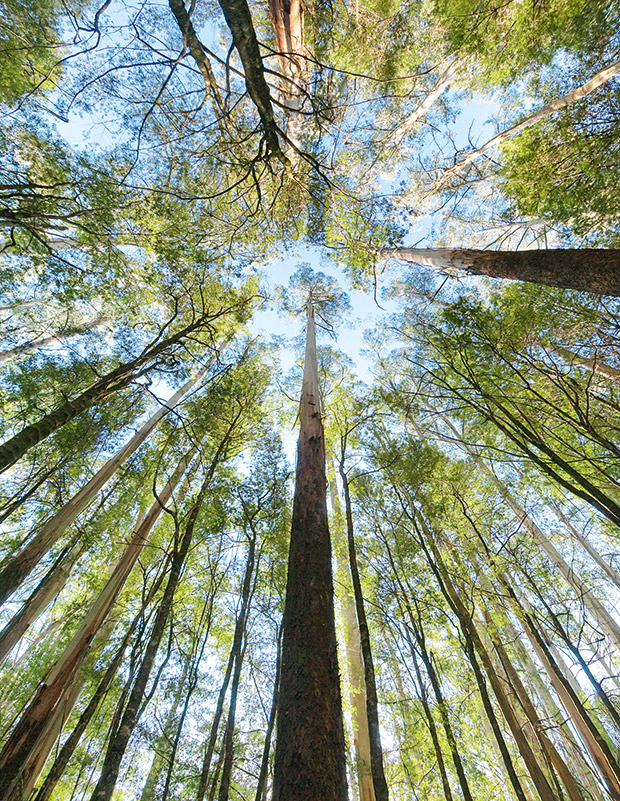
To qualify for 1BT funding, the trees must cover a minimum area, grow to at least 5m when mature, and the canopy must be at least 30m wide.
How to get funding from your regional council
One Billion Trees isn’t the only afforestation game in town. Some funding – that also comes from MPI – is given to regional councils to allocate.
To find out what (or if) funding is available, and for what purpose, call your regional council. Tell them where you live and ask to speak to your area’s land management adviser or catchment management officer (there are different job titles in different regions).
We planted our worst land first, a steep, exposed, dry face with gravel seams running through it. That qualified for some funding from Horizons Regional Council, and we topped it up from another local scheme. Altogether, it covered 50 percent of our planting costs, which included a calculation for our labour. If we’d needed to do additional fencing, Horizons would have chipped in for that too.
The great thing was I didn’t even have to complete the brief, straightforward application form – our council adviser did it on our behalf. I just had to provide receipts for our costs (nursery stock we purchased) and an invoice.
The grant was paid in full a few months after planting, once the trees were assessed. The advisor wanted to see that they were putting on new growth and that we were ‘releasing’ them from long grass and weeds that often entangle and smother small trees.

This steep, slip-scarred, north-facing, dry hill on Rachel’s block is now planted with trees, using funding support from Horizons Regional Council.
THE CRITERIA
This varies, even within a single regional council. Some geographical areas are given priority. A lot of funding is targeted at specific catchments or classes of land that are at high risk of erosion or sediment loss, and cover a minimum planting area.
For instance, the Greater Wellington Regional Council (GW) won’t fund planting on farms smaller than 5ha, and is largely focused on protecting erosion-prone land that meets particular land use classifications. In contrast, the Waikato Regional Council funds smaller projects and has a short-form application to streamline the process. If you qualify for base funding, it may be topped up by MPI’s Hill Country Erosion Scheme or the Waikato River Authority.
Theoretically, funding like this could add up to 100 percent of your costs, but in practice, it doesn’t happen. Funding agencies want some of your ‘skin in the game’ because they’re aware that planting is just the beginning. Landowners need to be invested in planting projects so that the ongoing work gets done. Trees, especially natives, need protection from pests and weeds for several years.
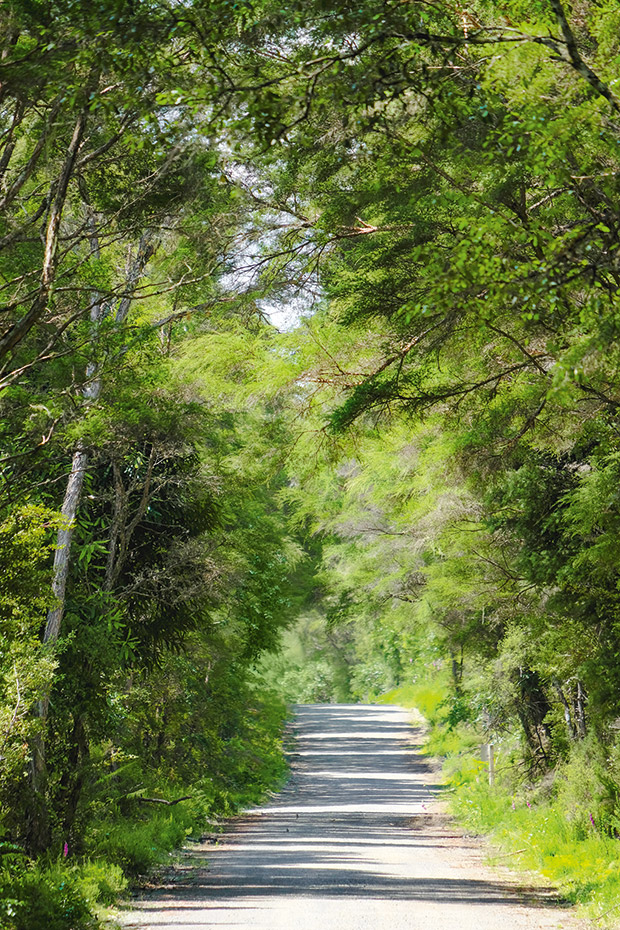
Some regional councils supply the trees. GW council staff often plant out large projects in their region. Some councils contract nurseries to grow stock for landowners. GW owns a nursery, Akura, which has a wide range of trees available for sale to the public. Its staff is extremely knowledgeable about which varieties grow best in local conditions. Some councils accept applications only once or twice a year; others accept them year-round.
It’s worth knowing your local regional council’s adviser. Even if your plans don’t meet funding criteria, they’re an excellent source of local advice and should know if you’re eligible for other funding schemes. Ask for your regional council’s (free) publications on trees to plant in your region. Climate and conditions in New Zealand vary a lot, and it’s important to get good local advice and examples.
We were fortunate to get a detailed analysis by Horizons staff of our 28ha. The resulting maps of our soil types and land classes are a goldmine of information, so don’t be afraid to ask regional council staff how they can help you.
If you want to plant a lot of trees, I highly recommend joining the NZ Farm Forestry Association and talking to its local branch members. We owe most of what we know to NZFFA’s written resources and the advice we’ve received from local members with many decades of practical experience.
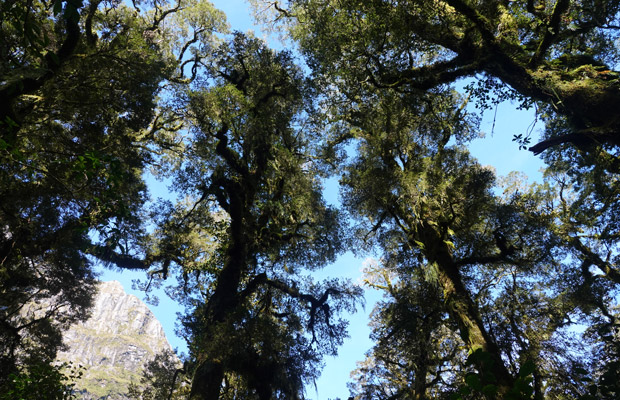
GOOD REFERENCE WEBSITES
Eligibility criteria for 1BT — search for ‘direct grant one billion trees’
One Billion Trees FAQ — search ‘1BT fund FAQ’
The definition of a forest — search ‘1bt classifying land guide’ and then go to page 6 of the Guide to Classifying Land for Forestry in the Emissions Trading Scheme
NZ Farm Forestry Association — there is also a Facebook group.
Akura Plant Nursery, Masterton
Trees that Count native nurseries list
Rachel’s tip: the secret to a successful project
Funding such as 1BT money is only useful if you really want to plant trees, have a good reason to do it, and – most importantly – passion.
Passion is crucial because you’re going to have to plant all the trees yourself, and possibly propagate them too. The forestry sector is busy and focused on planting giant-scale pine plantations so there’s no-one who’s going to do it for you.
MORE HERE
Love this story? Subscribe now!
 This article first appeared in NZ Lifestyle Block Magazine.
This article first appeared in NZ Lifestyle Block Magazine.
